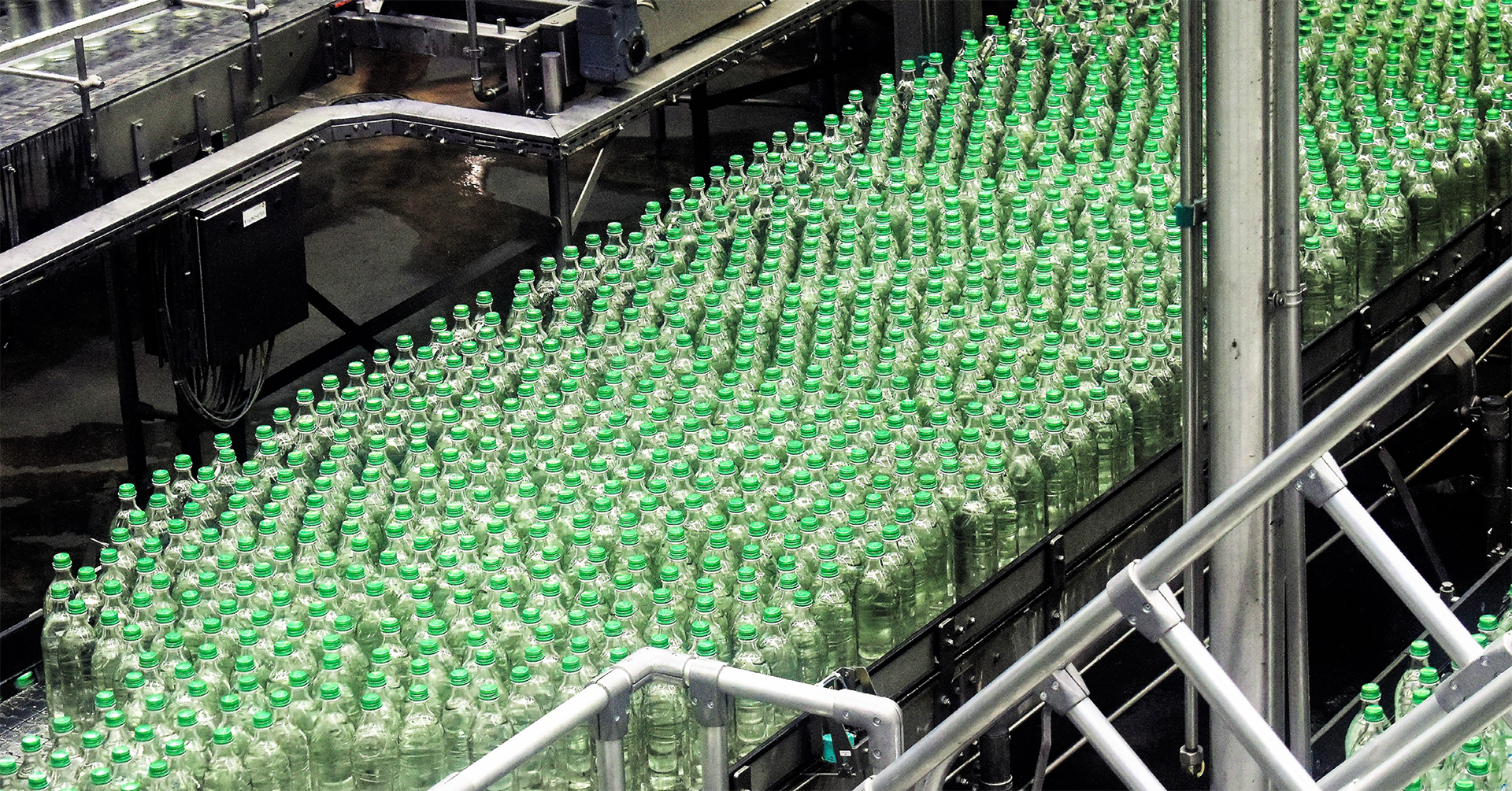Optimizing production. What’s the right strategy?
If you arrived at this article thinking to discover the secret of a perfectly optimized production process, we must tell you the truth: there is no secret!

What you will find here is a discussion about optimizing assembly line feeding, which will lead us through what is the right strategic approach to have an optimized production line.
This strategic approach consists of the following steps:
1. Production processes analysis
2. What are your Control Points?
3. Push or Pull?
1. Production process analysis
When we decide to optimize and improve a production process, we are often led to search for external support because of time constraints. While this can often be the best choice, you need to be deeply involved in making an analysis of the “as-is” status of your processes. Did you clearly identify your manufacturing environment as Make-to-Order, a Make-to-Stock, or a mix? And what about your product flow: are you a V, A, T, or I type of plant? Processing in batches, or flow? Is your physical factory layout fit to support these processes?
One of the best tools to provide you clarity in your processes is value stream mapping. It helps you know your manufacturing environment, visualize your process flows and understand what you need, where, and how.
An ASCM (Association for Supply Chain Management) article of 2019 faced the topic in this way “Value stream mapping is a proven practice at the manufacturing level and can render an equal or greater value at the supply chain level by providing a practical, graphical and data-driven picture to frame analysis of these factors.
This approach offers three key advantages: First, it provides a pictorial view of the end-to-end supply chain with key flow data and control signals, offering insights hidden by traditional supply chain views. Second, multifunctional discussions that naturally occur while building the map create a broad, detailed understanding of supply chain performance. And third, opportunities are framed in a system-wide context, which encourages comprehensive optimization.”
2. What are your Control Points?
In most cases, your company’s output is constrained by a specific machine or process step.
Dr. Eliyahu M. Goldratt, the founder of the Theory of Constraints, has studied how to maximize the output of your factory by knowing your #1 constraint and identifying the so-called “control points”.
ASCM Supply Chain Dictionary (17th edition) defines control points as “In the theory of constraints, strategic locations in the logical product structure for a product or family that simplify the planning, scheduling, and control functions. Control points include gating operations, convergent points, divergent points, constraints, and shipping points. Detailed scheduling instructions are planned, implemented, and monitored at these locations. Other work centers are instructed to “work if they have work; otherwise, be prepared for work.”
In this manner, materials flow rapidly through the factory without detailed work center scheduling and control.
3. Push or Pull?
Having mapped our processes and understood what our control points are, finally, we can decide how to feed the production lines with materials and semi-finished products.
The alternatives are only two, Push or Pull?
PUSH system – the production of articles at the times required by a given schedule planned. This is a ‘traditional’ approach that carries more risk because it is based on a forecast and, as we all know, the only true statement about forecasts is that they are always wrong.
PULL system – the production of items only when required for use or to replace those taken for use. This approach is promoted by the Toyota system, oriented towards the elimination of waste. PULL reduces overall inventory, but assumes a fully synchronized flow, without variation or uncertainties.
Over the years Digitalsoft has supported several companies in their journey of process optimization through the implementation of the d-one platform. And, in most cases, a hybrid approach was adopted: Pull where you can Push where you need.
Conclusion
We walked together through the ideal journey a company should take to optimize its production process.
Still, it is very difficult to have an overview and make a self-analysis when we are plunged into a context that represents our everyday life.
As a result, to start a successful transformation process it is important to choose the right partner: one that brings an “outside-in” view and can share industry “best practices”.
In Digitalsoft we are convinced that in the manufacturing sector there is no ‘absolutely right’ or ‘absolutely wrong’ process: each business is unique.
We help Companies diagnose, document, and unlock the full potential of their enterprises and we firmly believe in a “discovery-based” and selective digital implementation approach. Whatever the digital and organizational maturity level is, we make sure that our customers meet and exceed their objectives.
Our Team has extensive 1st hand experience in modernizing manufacturing, supply chain, distribution, and warehouse operations. We love to create value and innovate with our customers.
Our platform, d-one, easily adapts to different contexts, fully designed to respond to Lean manufacturing logic, as well as different logic. Customers can easily scale up, implementing more modules, naturally integrated, rather than having multiple systems with complex and high-cost integrations.




